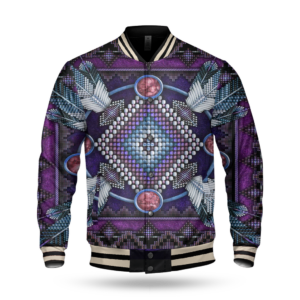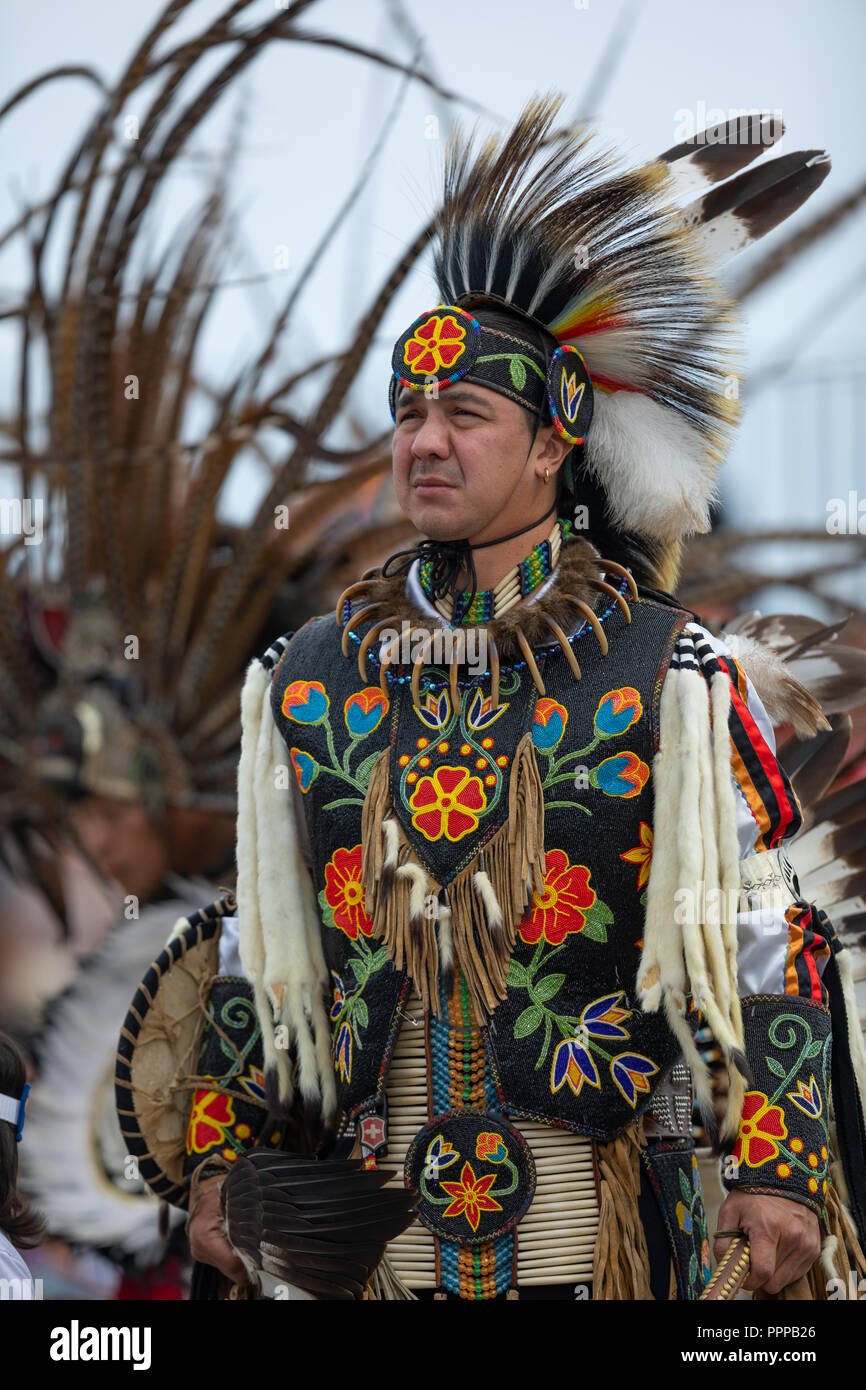The fusion of African and Native American heritage brings forth a rich tapestry of tradition, historical past, and identification. Individuals of Black and Native American descent, also known as Afro-Native or Black-Indigenous, embody a novel intersection of two powerful legacies. This union has given rise to a diverse and vibrant neighborhood with its personal set of traditions, languages, and customs.
black and native american mix name
In colonial Latin America, the term "mulato" held a nuanced that means that extended beyond the commonly understood mixture of African and European ancestry. While it did refer to people with African and European heritage, it was additionally used to describe those with a mix of African and Native American ancestry. However, for cases particularly involving African and Native American parentage, the time period "zambo" was the more prevalent and constantly employed descriptor.

This distinction in terminology sheds light on the intricate web of racial categories that existed during that period. It displays the advanced interactions and unions between numerous ethnic and racial groups in the colonial context. The use of different terms for specific racial mixtures underscores the meticulous social stratification that was prevalent on the time.
The time period "zambo" emerged as a extra precise label for individuals of African and Native American descent, acknowledging the distinctive cultural and genetic mixing that took place. This differentiation in nomenclature not only displays the linguistic range of the region, but also underscores the deeply ingrained societal classifications that shaped colonial Latin America. Understanding these historic terms offers priceless insights into the advanced dynamics of race and ethnicity within the colonial era.
What is a Mulatto?

In historical contexts, the time period "mulatto" has been used to describe an individual of combined African and European ancestry. This designation emerged during times of colonization and slavery, notably within the Americas. Mulattos were usually born to unions between enslaved African people and European colonizers or slave homeowners. The time period encompasses a range of skin tones and bodily options, and the experiences of mulattos diversified broadly primarily based on factors similar to time period, location, and specific cultural norms.
What Does Mulatto Name Mean?
The time period "mulatto" itself derives from the Spanish and Portuguese word "mulato," which initially meant a younger mule, the offspring of a horse and a donkey. This term was metaphorically applied to people of blended African and European ancestry, drawing a parallel to the hybrid nature of mules. While the time period's origin carries a connotation of hybridity, it is necessary to recognize that its usage in human contexts has developed past this initial comparison.
What is the Difference Between Mulatto and Melungeon?

The phrases "mulatto" and "Melungeon" are distinct in their historic and cultural connotations. As talked about earlier, "mulatto" refers particularly to people of combined African and European ancestry. It was broadly utilized in colonial and post-colonial contexts, significantly in the Americas.
On the other hand, "Melungeon" pertains to a selected ethnic group discovered predominantly within the southeastern United States, particularly within the Appalachian region. Melungeons are often associated with a mixture of European, African, and Native American heritage. The time period has been used to explain a group with a fancy and debated ancestry, with some claiming it to be a distinct ethnic group, whereas others view it as an amalgamation of assorted ethnicities.
What is the Difference Between a Creole and a Mulatto?
"Creole" and "mulatto" are terms used to explain completely different features of racial and ethnic identity, particularly in the context of the Americas.
A "Creole" typically refers to a person of combined European and African or African and Indigenous American ancestry born in the Americas, notably in areas with a history of European colonization and African enslavement. native american clothing store emerged in numerous parts of the Americas, such as the Caribbean, Latin America, and parts of the Southern United States. The time period also can encompass cultural and linguistic parts, denoting a group that has developed its personal distinct tradition.
As talked about earlier, a "mulatto" specifically refers to an individual of blended African and European ancestry. While there could be overlap between the two categories, they characterize different facets of the complex racial and ethnic panorama of the Americas.

